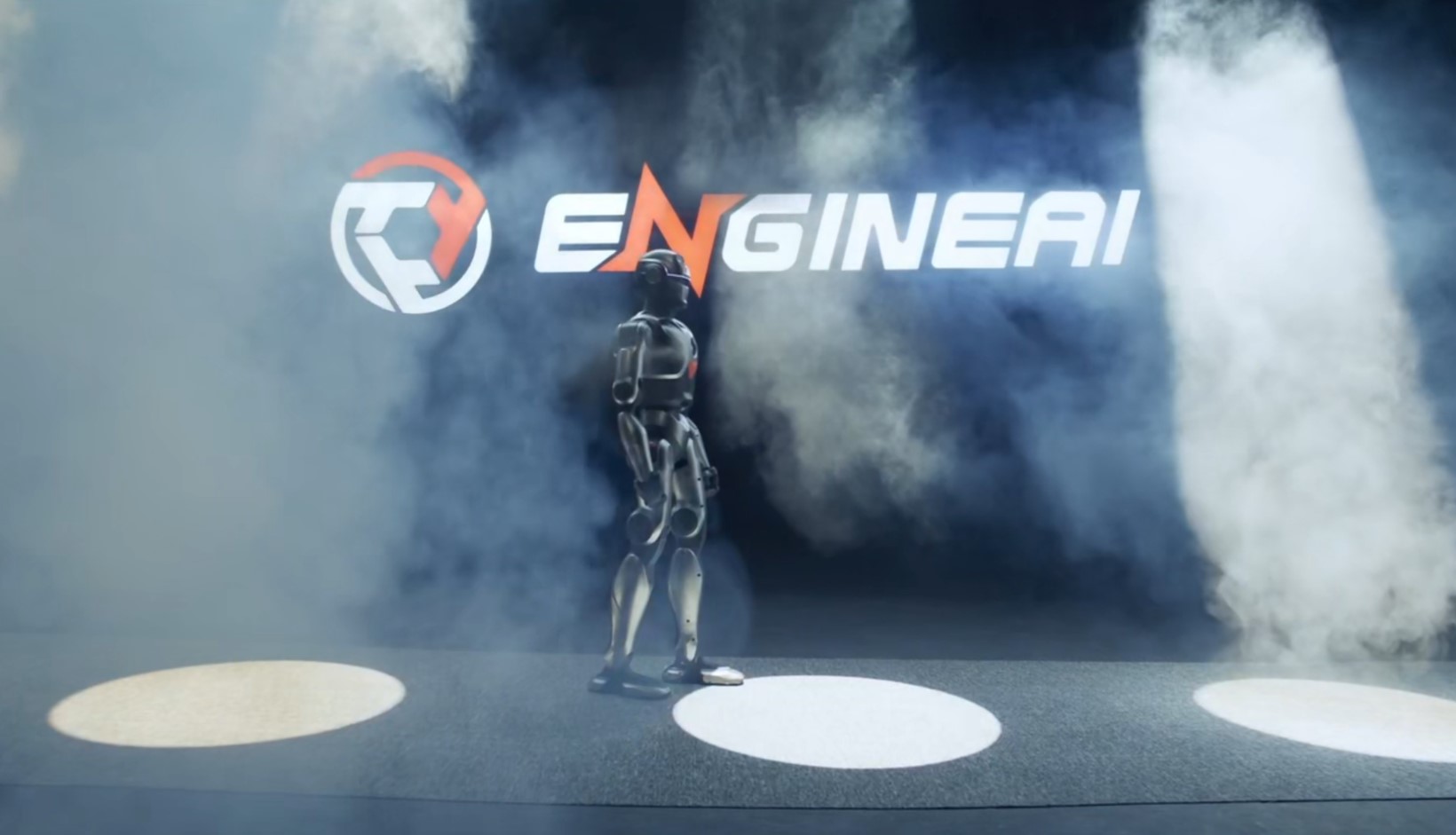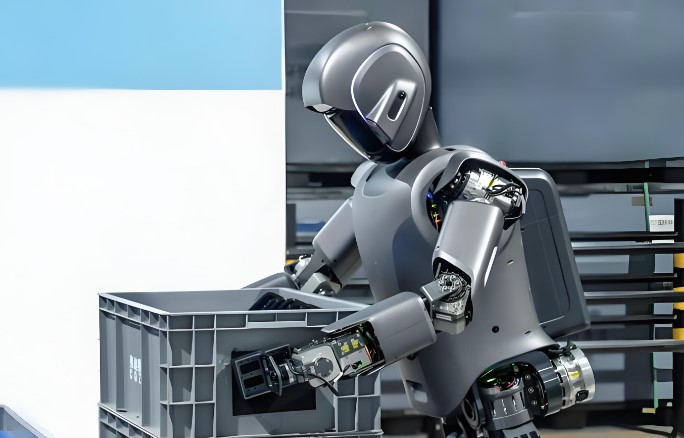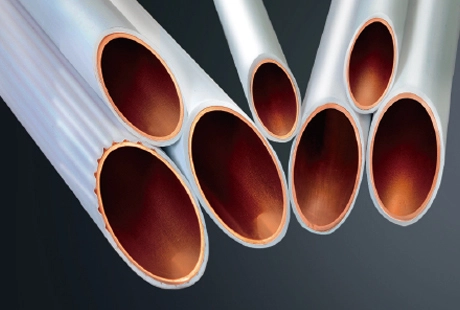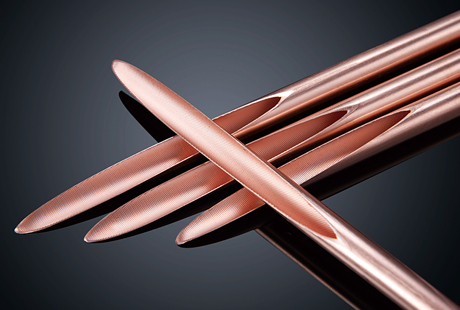While the general public was still captivated by humanoid robots dancing on the 2024 Spring Festival Gala, a video of a humanoid robot performing a 270-degree front flip in February 2025 once again sent shocks through the global tech community. In the video, the PM01 robot developed by Shenzhen Zongqing Technology executed a complex sequence from takeoff to stable landing in just 0.7 seconds, all with a lightweight body of 1.38 meters.
Previously, humanoid robot companies represented by Boston Dynamics have already achieved backflips, so what makes this front flip so challenging? Why did it instantly attract significant attention both inside and outside the industry?
What's Difficult About a Front Flip?
A front flip, as an advanced move in gymnastics, involves multi-dimensional technical coupling for robots. Its difficulty far exceeds conventional walking or running and is mainly manifested in three dimensions:
First, there is the contradiction between instantaneous energy output and precise control. The robot needs to boost joint torque to 360N·m within 0.2 seconds, equivalent to an instantaneous thrust nine times its weight. Second, there is the challenge of spatial perception without visual reliance. During the aerial phase, the sensors on the robot's head face 0.5 seconds of visual occlusion due to body rotation. Lastly, there's the mechanical balance challenge of landing impact. When the 40-kilogram body hits the ground at 4.3 m/s, the peak impact force reaches 2200N.

Image Source: Zongqing Technology Official Website
To tackle these challenges, Zongqing Technology made two major technological breakthroughs. First is the collaborative optimization of adaptive walking algorithms and high-dynamic motion control systems, which incorporate dynamic control precision and gait adaptability into a unified training framework, achieving millisecond-level joint torque response. Second is sensor fusion technology, which combines high-precision Inertial Measurement Units (IMUs) and visual positioning systems to monitor and adjust the robot's spatial posture in real time.
Zongqing Technology's groundbreaking progress stems from its unique technical pathway design: First, straight-knee gait establishes the motion foundation. The SE01 model released in October 2024 improved energy efficiency to 78% by overturning traditional straight-knee walking algorithms. Second is the hardware-algorithm co-evolutionary system. The technological leap of the PM01 validates Zongqing Technology's proposed "trinity" research and development paradigm, which includes bionic drive architecture, dynamic impedance control, and data validation.
How Was the Front Flip Achieved?
Zongqing Technology's rapid rise reflects Shenzhen's unique ecological advantages in the field of humanoid robots:
First is the ultimate efficiency of the supply chain. Shenzhen, centered on Nanshan Science and Technology Park, has a 3-hour industrial circle formed by 34 listed companies providing core component supply networks. This includes key suppliers such as servo motors (Zhaowei Motor), torque sensors (Orbbec), and carbon fiber skeletons (Guangwei Composites). Additionally, the localization rate of these core components exceeds 90%, and compared to imported solutions, the cost is reduced by 58%, bringing significant cost advantages for Zongqing Technology.
Second is the policy-capital dual drive. For example, in terms of specialized support systems, there are provisions like a 60% "training coupon" subsidy for algorithm training costs, a 4.5-billion-yuan annual policy package covering the entire R&D-test-mass production cycle, and the first batch opening of 23 public test sites as part of the scenario opening plan, along with capital assistance.
Lastly is the talent agglomeration effect. The team led by founder Zhao Tongyang brings together top engineers from companies such as Xiaopeng and DJI.
Furthermore, Zongqing Technology's mass production plan targets industrial pain points. For example, in industrial scenarios such as dynamic assembly and hazardous environment operations; in service scenario innovations, humanoid robots can perform cultural and sports entertainment tasks including gymnastics dance; and in emergency rescue, humanoid robots equipped with life detection modules can carry out search and rescue operations.
After the Front Flip, What Problems Remain?
Despite the breakthroughs, the commercialization of humanoid robots still faces three major hurdles:
First is the cost bottleneck: The current unit cost is about 150,000 yuan, needing to be reduced to around 50,000 yuan through scale effects. Second is energy optimization: Continuing dynamic operations have a battery life of less than 2 hours, urgently requiring breakthroughs in solid-state battery technology. Lastly is ethical norms: ISO/TC299 is formulating dynamic robot safety standards, involving kinetic energy limitation and decision transparency.
The breakthrough in the front flip not only refreshed the dynamic performance limits of humanoid robots but also marked Chinese enterprises' technological lead in high-complexity motion control. Zongqing Technology's practice demonstrates that Chinese companies can fully achieve breakthroughs in frontier fields. Their model of "scenario-driven research and development + ecological collaborative innovation" provides a new paradigm for hard tech entrepreneurship.

Jintian Copper is a copper processing enterprise producing enameled wire, rare earth neodymium iron boron, copper wire, copper busbar, copper strip, and copper rod. With over 30 years of focus on copper processing, it is a top 500 company in China. Copper materials are widely used in the robotics industry, staying in line with the trend. For inquiries, please call: 0574-83005999.

 English
English 한국어
한국어 français
français Deutsch
Deutsch Español
Español italiano
italiano العربية
العربية tiếng việt
tiếng việt Türkçe
Türkçe ไทย
ไทย 中文
中文







